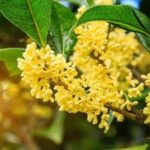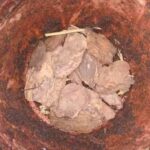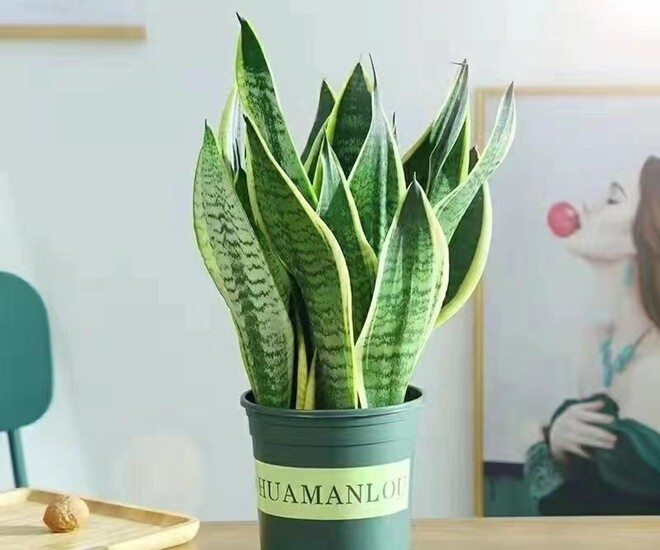
The Sansevieria Trifasciata: A Plant with Many Benefits
Drought-tolerant and Low-maintenance
The Sansevieria Trifasciata, commonly known as the snake plant, is highly drought-tolerant and prefers dry soil over moist. It can go for months without watering and still thrive, whereas overwatering can lead to root rot and stem rot.
This plant is ideal for those with a busy lifestyle, such as office workers or frequent travelers. With minimal watering, the snake plant remains lush and healthy.
Attractive Foliage and Flowers
Not only does the snake plant boast beautiful foliage, but when it matures, it becomes a stunning centerpiece for any room, especially the living room. It doesn’t require abundant sunlight and will bloom after about two years with sufficient diffused light.
Although the blooming period is short, the small clusters of flowers are exquisite and emit a subtle fragrance. While some may find the scent unpleasant, it actually varies depending on the species.
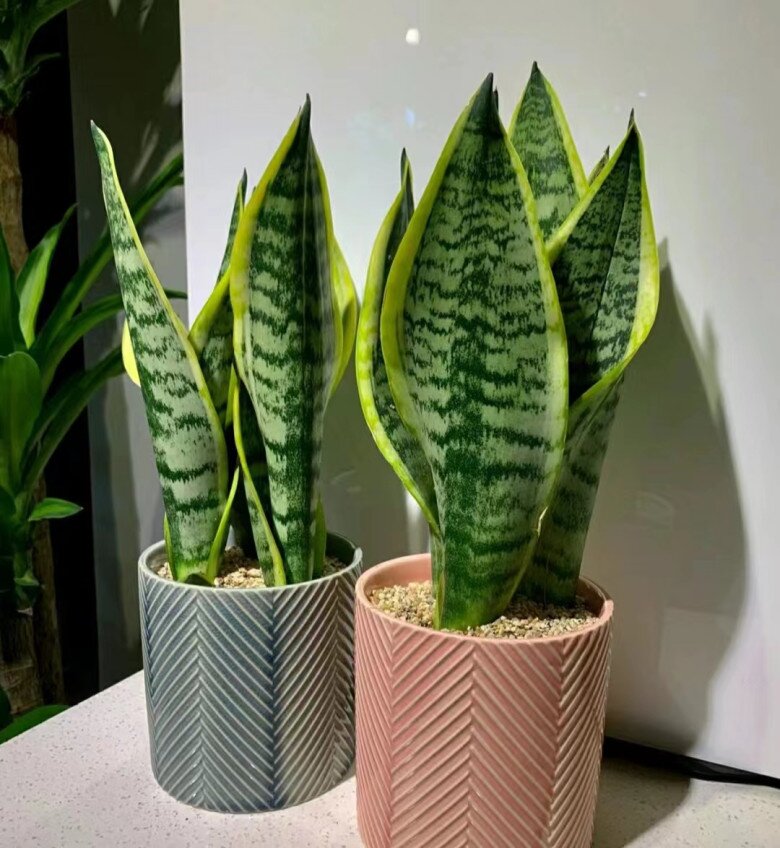
Easy to Propagate
Despite being a low-maintenance plant, with a bit of care during spring, summer, and autumn, the snake plant will continuously produce new offsets. By providing monthly feedings of balanced fertilizer, maintaining slightly moist soil, and ensuring diffused light, your plant will thrive. In about two years, you’ll have a lush and full plant.
Air Purifying Qualities
The Sansevieria Trifasciata is an attractive houseplant that also improves air quality. It has the ability to remove toxins such as CO₂, chlorine, and ethylene from the air while releasing oxygen. This makes it a popular choice for improving indoor air quality and promoting a healthy environment for families. Many people enjoy having a snake plant in their homes for this very reason.
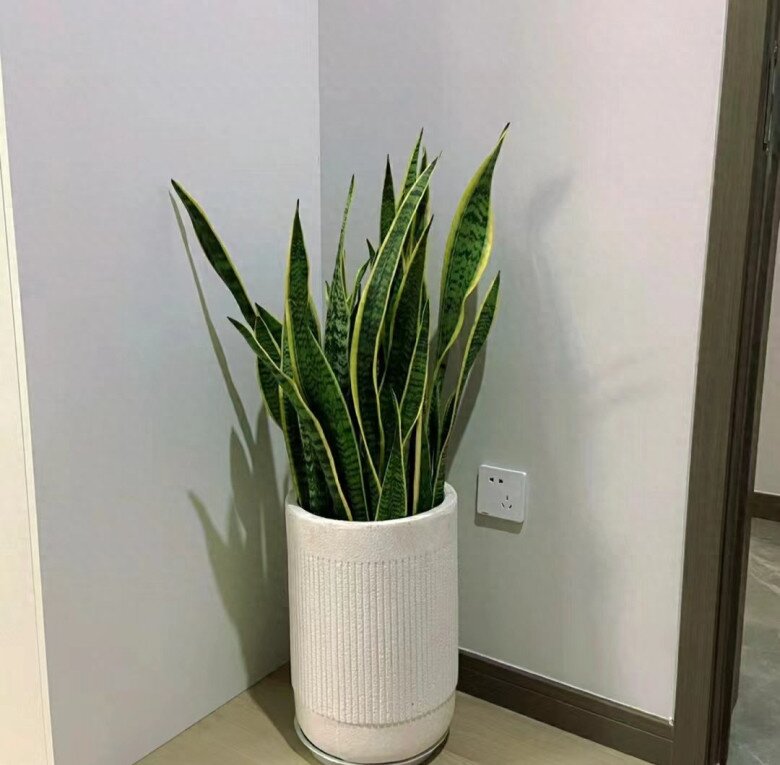
4 Drawbacks of the Sansevieria Trifasciata
Despite its many advantages, the Sansevieria Trifasciata has received some criticism due to certain drawbacks. These four significant disadvantages can be frustrating for growers.
Intolerant to Cold, Struggles in Winter
The snake plant thrives in tropical climates and prefers warm environments. Many people are hesitant to grow it due to its difficulty in surviving cold winters.
While it flourishes during the summer, it struggles in cold temperatures. When temperatures drop below 10°C for extended periods, the roots are susceptible to rot, leading to the plant’s demise. Therefore, it’s crucial to keep the soil dry during winter.
If the plant is damaged by cold temperatures, you can cut away the rotten parts and propagate healthy leaves by cutting, ensuring the temperature remains above 20°C to encourage root growth and survival.
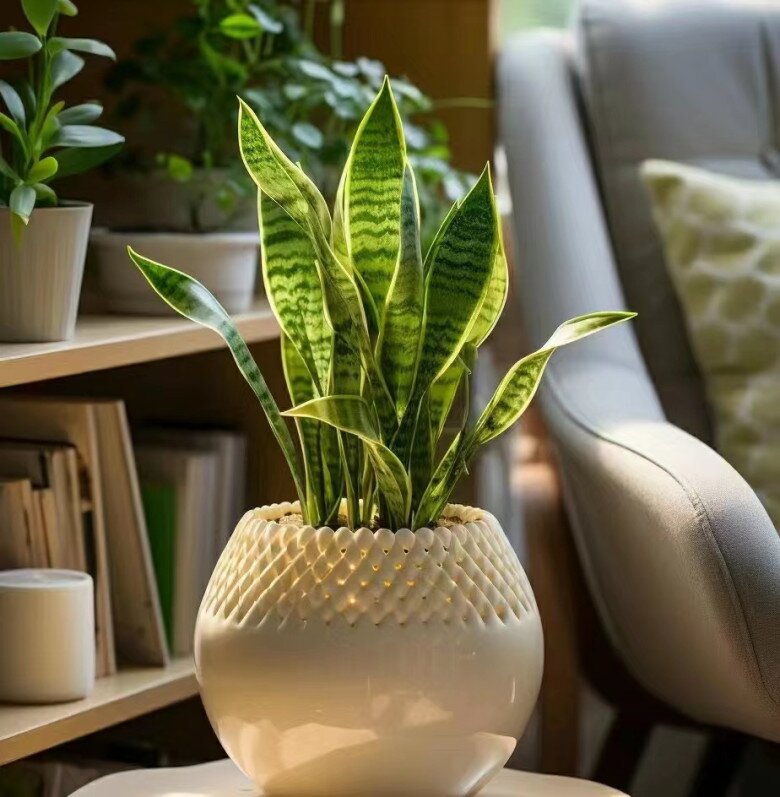
Prone to Root Rot from Overwatering
The snake plant stores water in its leaves and stems, making it highly drought-tolerant. It can go up to two months without water and remain healthy. However, it does not respond well to frequent watering.
When the soil is too moist, root rot can occur, especially during winter. Watering during cold temperatures further increases the risk of plant death. On the other hand, a lack of water will cause the leaves to wrinkle and droop. The key is to water only when the soil is completely dry, and then water generously.
Finding the right balance can be challenging, and many growers struggle with overwatering, leading to root rot.
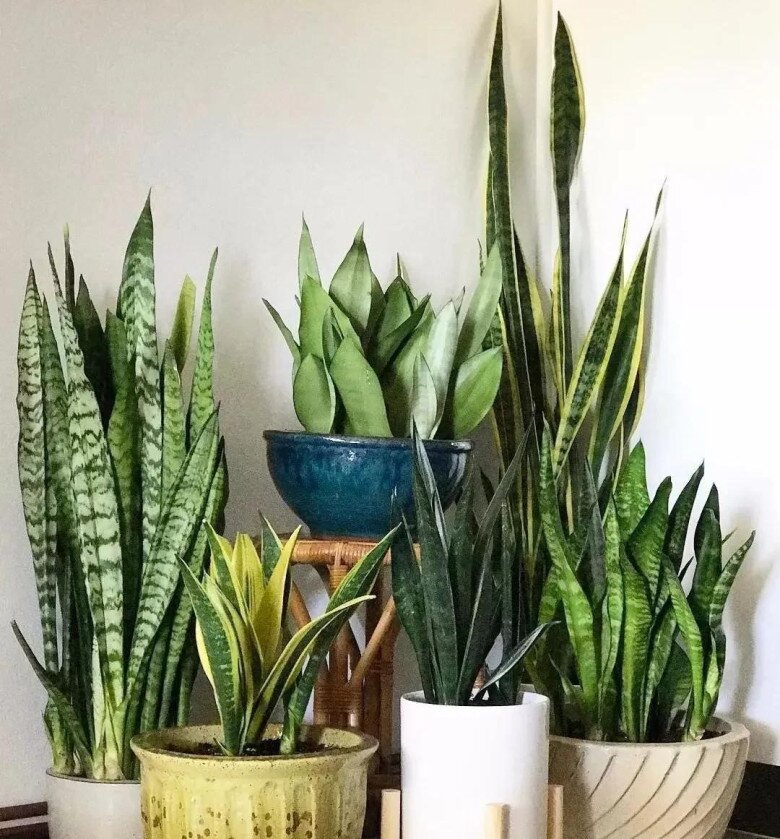
Short Blooming Period
The snake plant not only boasts attractive foliage but also produces flowers. These small, white or pale green blooms resemble fireworks. With sufficient light, the plant will flower during the summer.
However, the blooming period is brief, with the flowers lasting only about a week at their peak. Additionally, a sticky substance is released during flowering, which, if it falls on the leaves or pot, is challenging to remove.
Furthermore, flowering depletes the plant’s energy, causing it to become thinner and weaker, with less prominent leaf patterns. This can detract from its aesthetic value.
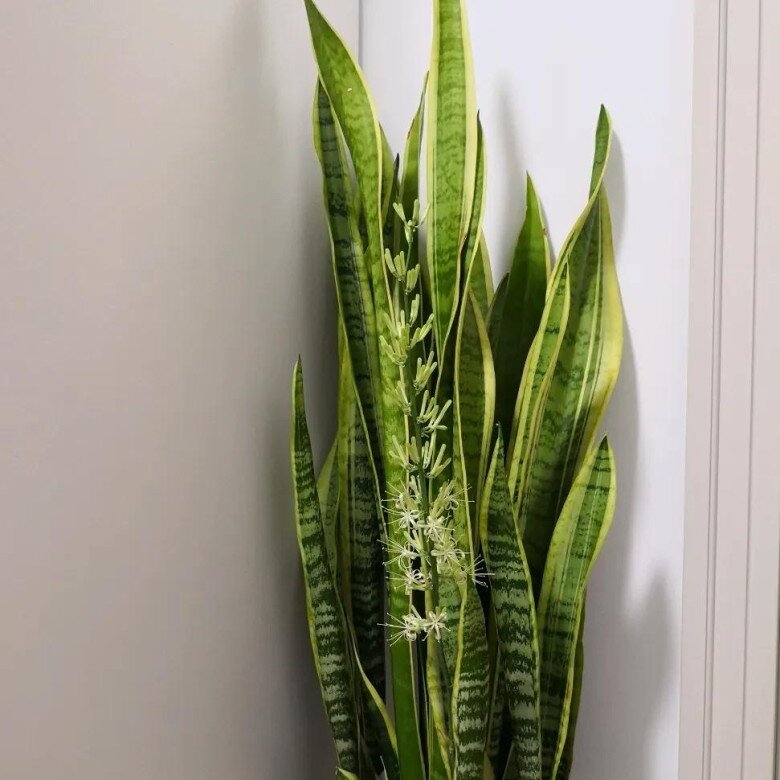
Sensitive to Direct Sunlight, Prone to Leaf Burn
While the snake plant enjoys bright light, it is sensitive to intense direct sunlight. Prolonged exposure to strong sunlight can cause leaf burn, resulting in a dull white or dark discoloration, and the leaf patterns may fade, diminishing its beauty. Insufficient light will also affect the plant, causing the leaves to lose their vibrant green color and distinct patterns.
Despite the drawbacks, the Sansevieria Trifasciata remains a popular and attractive houseplant. With proper care and precautions, it can be a low-maintenance and rewarding addition to your indoor space.
The Money Plant’s Golden Pot: Unlocking Abundance and Harmony for Home and Family
In the realm of feng shui and home aesthetics, the Snake Plant, also known as Mother-in-Law’s Tongue, is not just an ordinary houseplant. Its air-purifying capabilities and auspicious symbolism make it a powerful charm that attracts wealth and prosperity. Strategically placing this plant in the “feng shui golden spot” of your home is believed to bring rapid financial success, harmonious family gatherings, and smooth sailing in all aspects of life.
The Lucky Charm Flower: A Blooming Beauty with Foliage to Adore, Spring to Autumn
This flower is incredibly low-maintenance and boasts a range of desirable traits. It tolerates shade, cold temperatures, and nutrient-poor soil, making it perfect for those new to gardening. With its rapid growth, ease of pruning, and disease resistance, this flower is a resilient and beautiful addition to any garden.




























